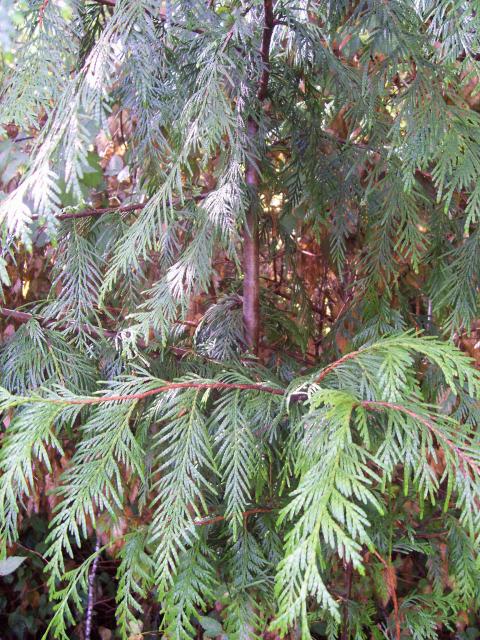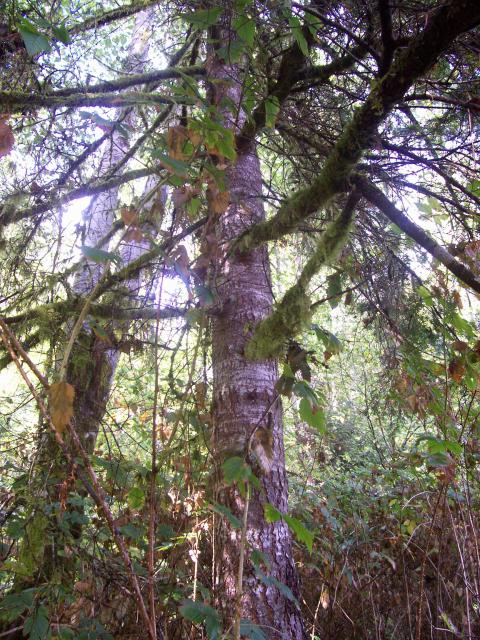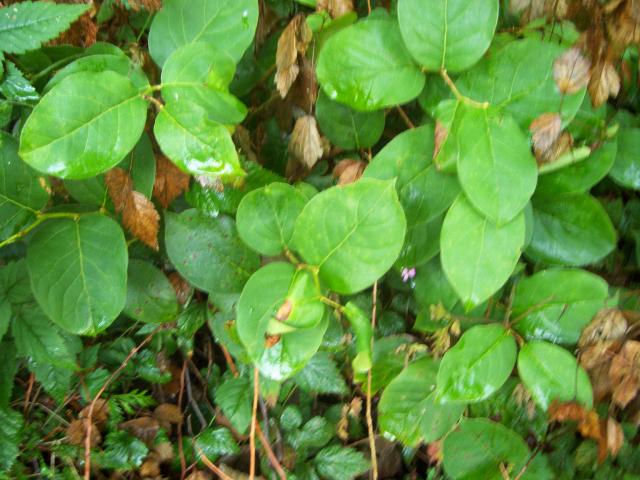User Login |
CompostJ. Goals, Hopes... We hope that our project will provide a good foundation for planning the Longhouse Garden’s compost site. Our goal has been to research compost in such a way that we understand the basics of the decomposition process as well as different methods and techniques for composting. F. Compost Structures
There are three general types of structures: the bin, the pen, and the pit. The Pit is pretty obvious, and can be useful in retaining moisture in a dry area. Bins are permanent structures, while pens are portable and can be moved from place to place. BINS:  G. Compost AliveSome examples of working compost sites: The Lincoln School Organic Farm Marja’s Garden I. PLANTSPlants Growing Around the Compost Site: 
Western Red Cedar, Thuja plicata  Alder, Alnus glutinosa 
H. Site DescriptionI. Overview: The compost area is located in the southwest corner of the long house. The existing compost structure is in a dilapidated state and over grown by Salmon Berry. To the left of the compost bins Coltsfoot and Comfrey are present. The ground is slightly uneven and there is evidence of moles.
II. Describing Garden Site:
A. Theme Description
Facts and Information About Compost:
“Composting is, in broadest terms, the biological reduction of organic wastes to humus (Pg. 1).”
Humus is decayed plant life in its final form. It is rich in nutrients and organic matter. It is perfect soil. E. MaterialsMaterials for Composting (Do’s and Don’ts) Composting materials from home
Kitchen waste Weeds, grass clippings, plant debris Dog and cat hair B. Indore Methods The Indore Method: Sir Albert Howard created this method as way of “assuring that proper amounts of different materials get incorporated into the heap (Rodale 1973, p.47).” The focus is on proportions of the ingredients: 3-4:1 organic plant matter to manure plus a small amount of rock material (limestone or chalk). D. How to Start Compost There are so many methods for composting. Most of them stem from the Indore method, developed by Sir Albert Howard. In order for a compost heap to produce humus, it must have “air, moisture, energy food (carbon), and protein food (nitrogen) (Rodale 1992, p. 130)” to create high enough temperatures for decomposition. |



